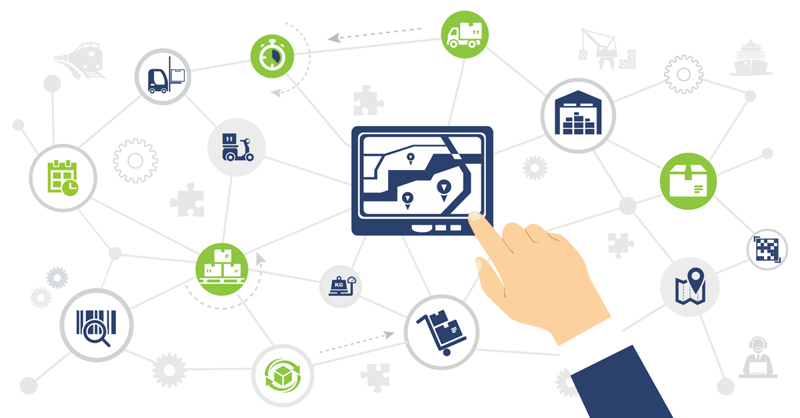Whether shipping around the corner or around the world to the end consumer, the only aspect of delivery that customers notice and care about is that it arrives at their door on time. To them, all delivery is local delivery.
Increasingly, as retail and e-tail merchants take an omnichannel approach to their shipping, shippers are growing their use of local carriers beyond their traditional modes of shipment (FTL, LTL, national and regional carriers, and local carriers). In fact, an IbisWorld report shows that over the past five years, the couriers and local delivery services industry in the U.S. has grown by 4.9 percent to reach revenue of $107 billion in 2019.
Why local carriers?
Omnichannel retail strategies seek to deliver goods from an endless aisle of inventory sources located in close proximity to their consumers to save on transportation costs while speeding up delivery. This means managing local carriers they can rely on to live up to the retailer’s delivery promise.
Of course, as with any industry shift, with the opportunities presented there are challenges as well. The lines between transportation modes are blurring, which makes carrier management that much more complex. That is giving some 3PLs and other transportation management service companies a chance to help shippers improve delivery by leveraging their industry knowledge and technology.
eShipping is an example of a 3PL that provides transportation management solutions that span all carrier modes. Using Pierbridge’s cloud-based shipping platform, Transtream, they provide their customers with access to a wide network of global, national, regional, and now local carrier services, along with apps that enable eShipping customers to automate intelligent carrier routing and shipping processes. Business rules such as time of day, day of the week, ship from location, and expected time of delivery, take the complexity and guesswork out of multi-carrier management.
eShipping saves their customers time and money, while providing full end-to-end data visibility. These capabilities become even more cost-efficient especially when combined with powerful carbonization algorithms.
Today, shipping is an omnichannel, multi-carrier landscape. It takes good people and best-in-class technology for organizations to optimize delivery.
